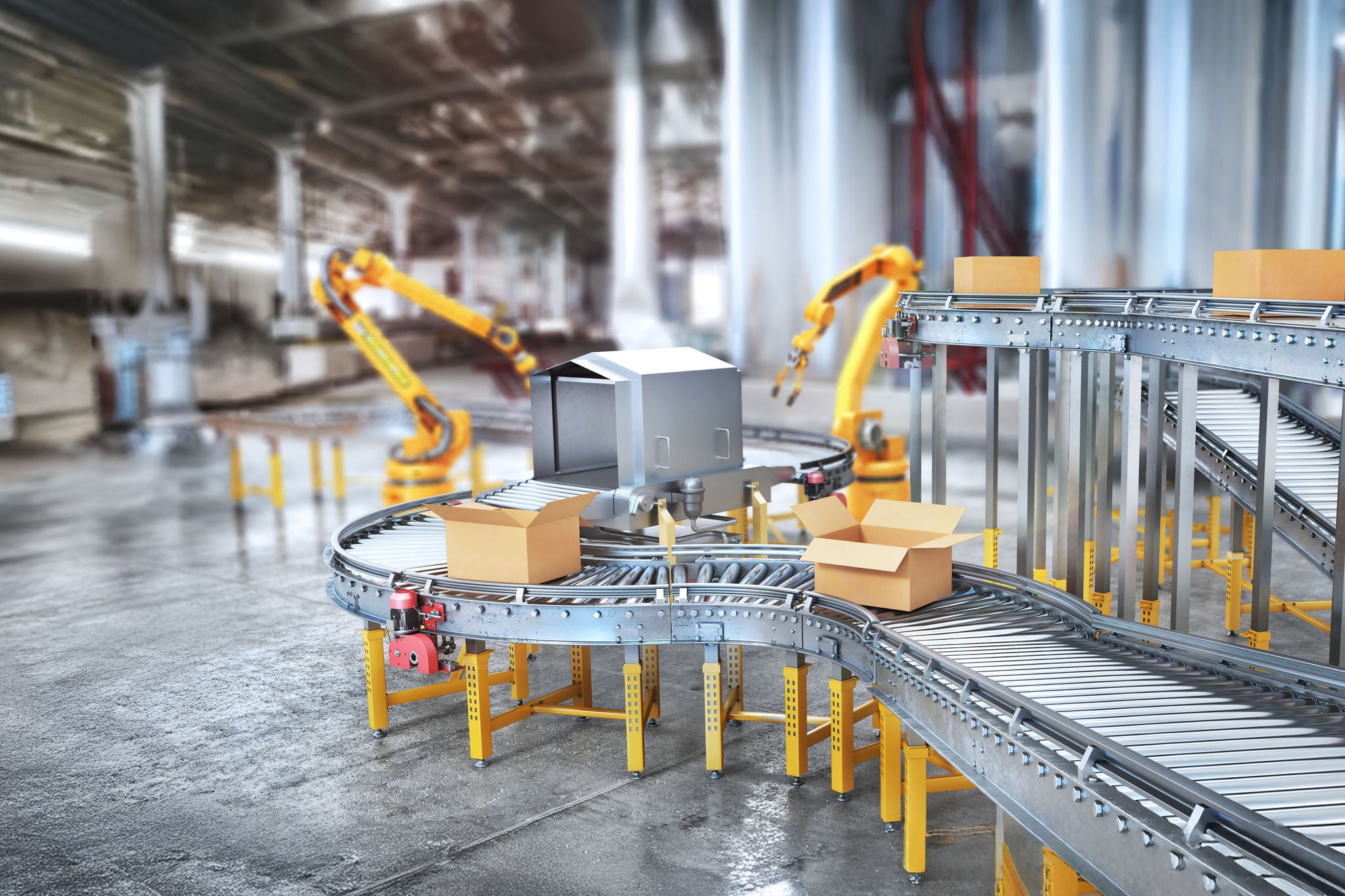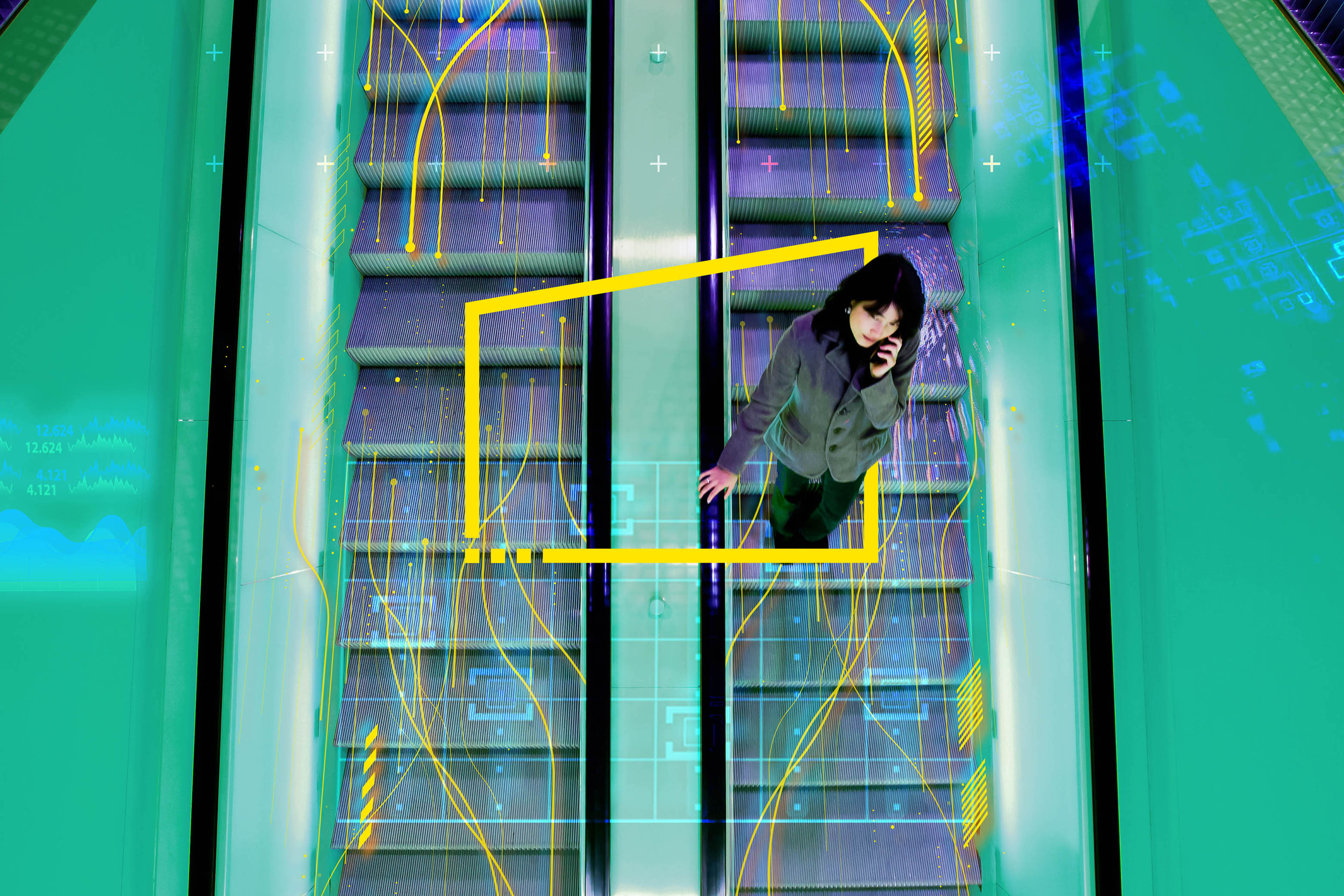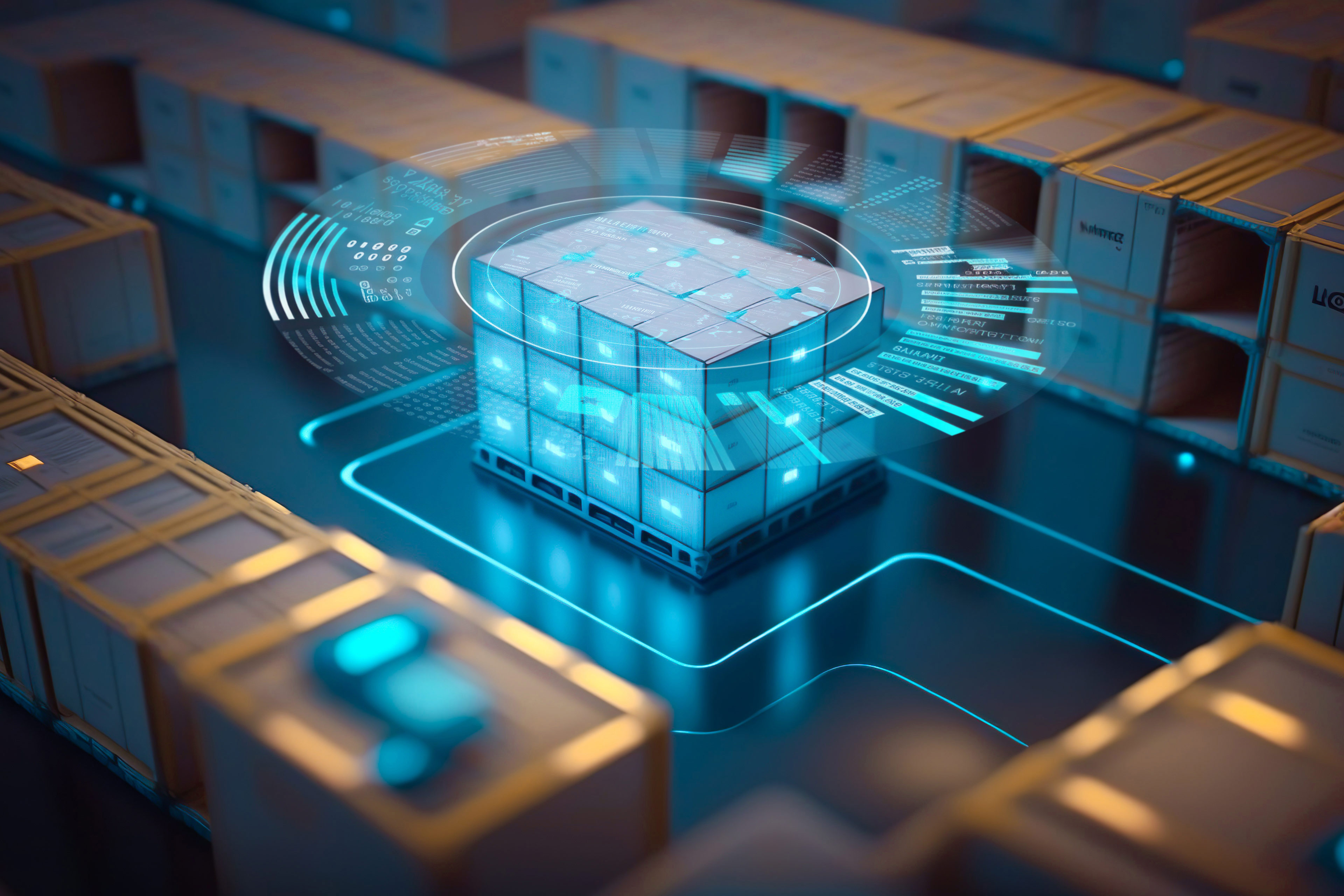A mostly autonomous supply chain, as defined by our autonomous supply chain index, includes qualities such as:
- Automated/exception-based planning and procurement decision-making
- Dynamic production scheduling against refined demands and constraints
- Autonomous vehicles such as trucks, forklifts and drones playing a heavy role in logistics and inventory control
Humans should remain at the center of making strategic decisions; however, for routine and even semi-complex decisions, AI-enabled and automated supply chain technologies can execute the best choice within defined parameters. Moreover, as AI in supply chain continues to learn and evolve, we see a time – very soon – where it could take the reins of many decisions.
When pulled off successfully, most autonomous supply chains reimagine what measured “lead time” can entail: not just the time it takes to physically make or move something but also how quickly you can respond to demand signals and manage inventory, for example, and handle other decision-making dimensions that rely on data. The impact on cost and customer satisfaction can be enormous.
Yet core challenges remain.
For decades, supply chains have been constructed in a linear manner, with an operating model that reinforces that linearity. They must be transformed into a network-based and ecosystem-orchestrated state to become mostly autonomous, sharing data and synchronizing actions within your organization — but also, crucially, externally. Most companies are working toward a mostly autonomous supply chain from a foundation across several stages:
- Developmental supply chain capabilities (from the standpoint of processes and technology). At this stage, organizations are gaining maturity within individual functions that make up the supply chain. Our survey shows that 22% of companies are tethered to the rudimentary use of emails and spreadsheets, a state that does not lend itself toward gaining autonomy in supply chains and must be resolved operationally before broader goals are fulfilled. More broadly, even when technology is deployed, it is limited to the scope of the function rather than looking at the supply chain exhaustively. That is a limitation in the way supply chain transformations have been executed.
- Integrating supply chain functions. Until an organization is highly integrated between functions, it will never get to an autonomous state. Establishing functional excellence to step into a mostly autonomous future involves utilizing cloud-based tools for streamlining operations (which 42% of respondents in our survey have achieved) and cloud-ready data (18%) for digital analytics.
- An enterprise supply chain. This involves collaborating across the whole of the organization (including finance and commercial) to increase incremental value for customers. Weekly meetings connecting certain functional leaders, but not intertwined operations and a single version of the true founded in data, is not enough to make progress toward autonomy. Just 16% of our survey respondents say they have crafted an extensive digital ecosystem, harnessing a data lake in the cloud to drive end-to-end supply chain analytics. This remains a major impediment to truly transforming the supply chain’s performance.
- Network value chain ecosystem. This end goal involves optimization, automation and full enablement of internal and external supply chain ecosystems across the value chain, including buyers, receivers and Original Equipment Manufacturers (OEMs), since they are also core to how well a supply chain operates and responds to demand and supply signals. Few organizations find themselves able to access quality information and then act across their value chains and understand consequences from multiple variables. Only 3% of our survey respondents say they have achieved a mostly autonomous state today.
While technology solutions have made incredible strides in recent years, they are typically not designed with this level of orchestration – for instance, demand and supply planning functions are separate in most organizations, and most are using incompatible software. In these instances, making a synchronized decision across your organization’s enterprise resource planning platform and procurement and ordering systems quickly and reliably is likely an enormous challenge. As such, humans often intervene reactively rather than proactively because of technology and process limitations, silos in the organization, and incompatible systems.
And after the tumult of the pandemic, the prominence of supply chains has been receding. EY research shows that the C-suite often views the function as a cost center and not a strategic enabler. And AI is often seen as a way to trim labor costs in a business-as-usual state, not to achieve more. Most companies are jumping on the bandwagon of AI without plans to leverage the technology to truly breach the barriers of performance. Metrics and incentives across functions may encourage siloed mentalities that are anathema to holistic change, such as a focus on how to optimize manufacturing assets instead of mitigating the cost of holding excess inventory.
The CSCO and COO as orchestrators of change
These executives are the natural leaders to lead broad supply transformations that can impact functions across their organizations. Here’s how.
Who can articulate a compelling vision to move the organization beyond the automated supply chain and toward a mostly autonomous direction — and then use their strategic importance in driving organization’s success to make it happen across functions? Because supply chains involve significant headcount and directly correlate with customer fulfillment, chief supply chain officers (CSCOs) and chief operating officers (COOs) are the natural advocates in an organization. Properly motivated, they can secure cohesive change in a multifunctional transformation, not just siloed actions, in what could be a lengthy journey along a potholed path.
If the CSCOs want to transform their role to a strategic level of importance, then the right ones will have to be bold on efforts such as these. They must work to convince their organization that the supply chain, while optimized for cost, can also lead to a strategic importance and differentiation in metrics that they report out to investors and that are tied to customer satisfaction.
Here are strategic actions to take as part of a bold future.
Lay the foundation with standardization. To achieve an autonomous supply chain by 2030, supply chain executives and COOs must prioritize the standardization of processes and invest in the necessary tools to lay a robust foundation for future advancements. This groundwork is as critical as the pursuit of innovative advanced technology projects, ensuring that the organization is well-positioned to capitalize on emerging opportunities for increased market share and profitability. Embracing the integration of supply chain processes and technologies involves closely aligning and coordinating activities across the supply chain, from suppliers to customers. This can include standardizing information flows, logistics and production processes to ensure seamless operations and collaboration.
Evolve your supply chain technology to enable data quality and use of AI. An intelligent cloud supply chain solution, powered by AI and GenAI, can significantly enhance efficiency, reduce costs and improve overall operations. By employing a cloud-based platform, companies can facilitate seamless data integration and real-time visibility of supply chain operations, fostering more proactive and agile decision-making. The usage of data lakes aids in storing and harmonizing vast sets of data from various sources, which can be further analyzed and processed by AI for valuable actionable insights.
From that basis, experiment with GenAI. The technology can generate multiple potential scenarios and solutions to improve processes, manage risks and optimize resource allocation, thereby making the supply chain more resilient and agile. At that point, it can facilitate the implementation of scenarios and solutions across systems. Another benefit of GenAI is in providing an interpretive layer that can be interacted with in a natural language, becoming a democratizing force for non-specialized workers. More importantly, explore the ways GenAI can truly transform the function and to reimagine the supply chain by enabling scenario simulations and recommendations and then translating decisions into execution in the systems that hold the respective functional transactions.
Explore partnerships. Does your company have the right ecosystem of technology solutions and partners in place to enable you to run and accelerate your operations in a differentiated manner? As you plot the people, process and technology changes that need to be enacted for a technology-enabled operational future, take steps to ensure you build a technology ecosystem that includes all internal resources but also factors in relationships, expectations and interactions with your universe of vendors, suppliers and other aligned resources.






